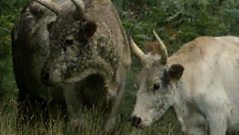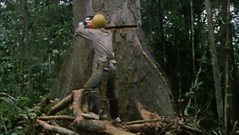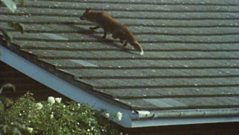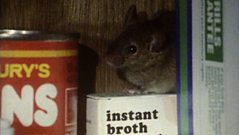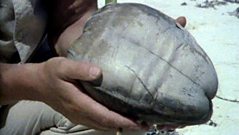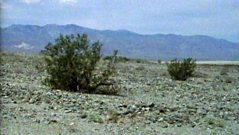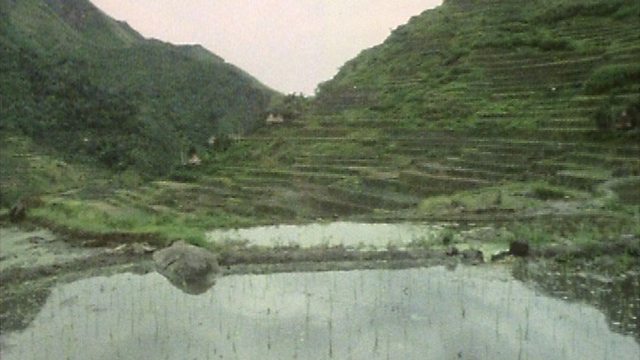
Brave new world
Selective breeding has produced many modern food plants including rice and wheat.
Using species from all over the world, selective breeding has produced our modern food plants. The potato came from the Andes where it was grown by the Incas. The pea is a European plant first cultivated by the Italians in the sixteenth century. Beans came from Mexico, rhubarb from China, beetroot from Germany, and carrots were first cultivated in the seventh century in Afghanistan. They were then taken from there to North Africa and brought by the moors to Europe where it was cultivated by the Dutch to make the carrot we have today. But the grass we call rice was domesticated in Asia about 7,000 years ago at about the same time that people around the Med were learning to cultivate wheat. Over the centuries the peoples of Asia have perfected the technique of growing one kind of rice in flooded terraces that we call paddy fields. They are so good at growing rice that they will produce a harvest several times a year. As the human population has grown, more and more land has had to be taken into rice cultivation. Today, 11% of all the arable land on earth is used for growing just this one species of rice. Now more than half the people in the world depend on it. In the western world people still prefer wheat which now grows tall, uniform and dense so that it can be easily harvested by machines. Selected breeding techniques have increased its yield and even since the 1940s its productivity has been doubled. Today it bears ten times the weight of seeds on its stem as its ancestor that still grows in the Middle East. But this development comes at a price. The new wheat can not even reproduce itself without man's help. Also, while they are largely immune to moulds and rusts, farmers must change the strain of wheat they grow every ten years or so since moulds and rusts are quick to evolve. Today over half the wheat grown in North America comes from just four strains. If we fail to produce new varieties from wild species then the western world will starve. To feed the growing human population, huge tracts of the most fertile land on earth have been turned over to its cultivation. Gone are the rich communities of grasses and other small plants that once lived where the wheat is now. Gone are the small creatures that used to live here and intruders are poisoned or shot. Instead, humans have created a mono-culture with just one species dominated thousands of square miles.
Duration:
This clip is from
Featured in...
![]()
麻豆官网首页入口 Nature
Be captivated, informed and inspired by the world's wildlife.
More clips from New Worlds
-
![]()
Chillingham cattle
Duration: 01:39
-
![]()
Deadly deforestation
Duration: 02:49
-
![]()
Animal neighbours
Duration: 01:15
-
![]()
Unwanted guests
Duration: 02:33
More clips from The Living Planet
-
![]()
Ocean Drifters—Worlds Apart
Duration: 01:20
-
![]()
Snare of silk—The Baking Deserts
Duration: 01:48
-
![]()
Furnace flora—The Baking Deserts
Duration: 03:46
-
![]()
Ships of the desert—The Baking Deserts
Duration: 03:17


